
Takahe Takahe
Porphyrio hochstetteri
Also known as: Notornis



Porphyrio hochstetteri
Also known as: Notornis


The South Island takahē is a large, flightless bird native to New Zealand. This striking creature, about the size of a large chicken, sports vibrant blue and green plumage. With its strong legs and hefty red beak, the takahē presents an impressive sight in its alpine grassland home.
1. Large, flightless bird with deep blue and olive-green plumage
2. Massive bright red bill with frontal shield
3. Deliberate walking gait, often seen in pairs in grasslands
Takahē form long-term monogamous pairs, often staying together for life. They build bulky nests under bushes, laying 1-3 eggs. Both parents care for the chicks, which remain with them for up to a year. Introduced predators like stoats pose a significant threat to these ground-dwelling birds.
Look for takahē in alpine tussock grasslands and forest edges, particularly in Fiordland National Park. They're most active during daylight hours, so midday visits are ideal. Search the ground carefully, as these birds blend surprisingly well with vegetation. Listen for their loud 'clowp' call, which can help locate them. Try visiting predator-free offshore islands where takahē have been introduced for easier viewing.
Once thought extinct, the takahē was rediscovered in 1948 in Fiordland. Known to Māori as "moho-nui" or "notornis," the bird holds a special place in New Zealand's natural heritage. Its rediscovery was a significant event in the country's conservation history.
50 cm
2750 g
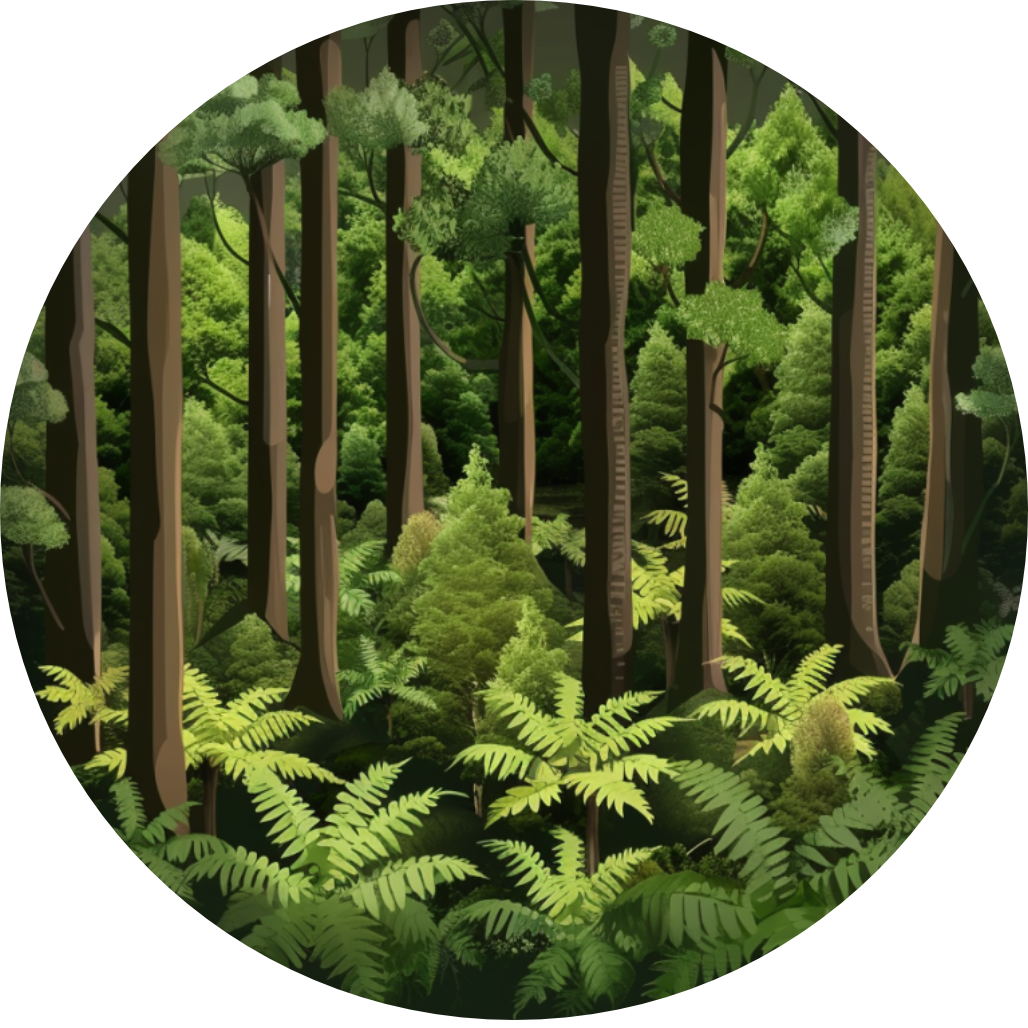
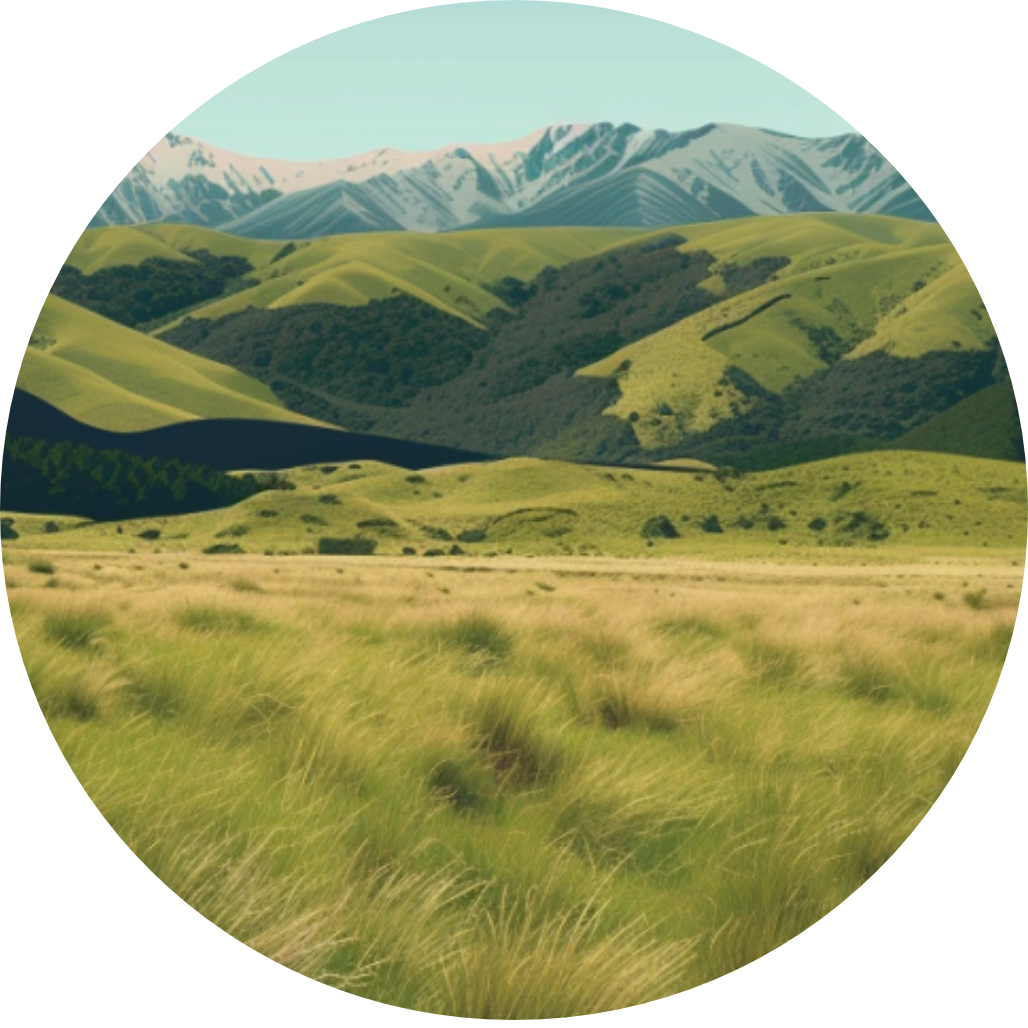

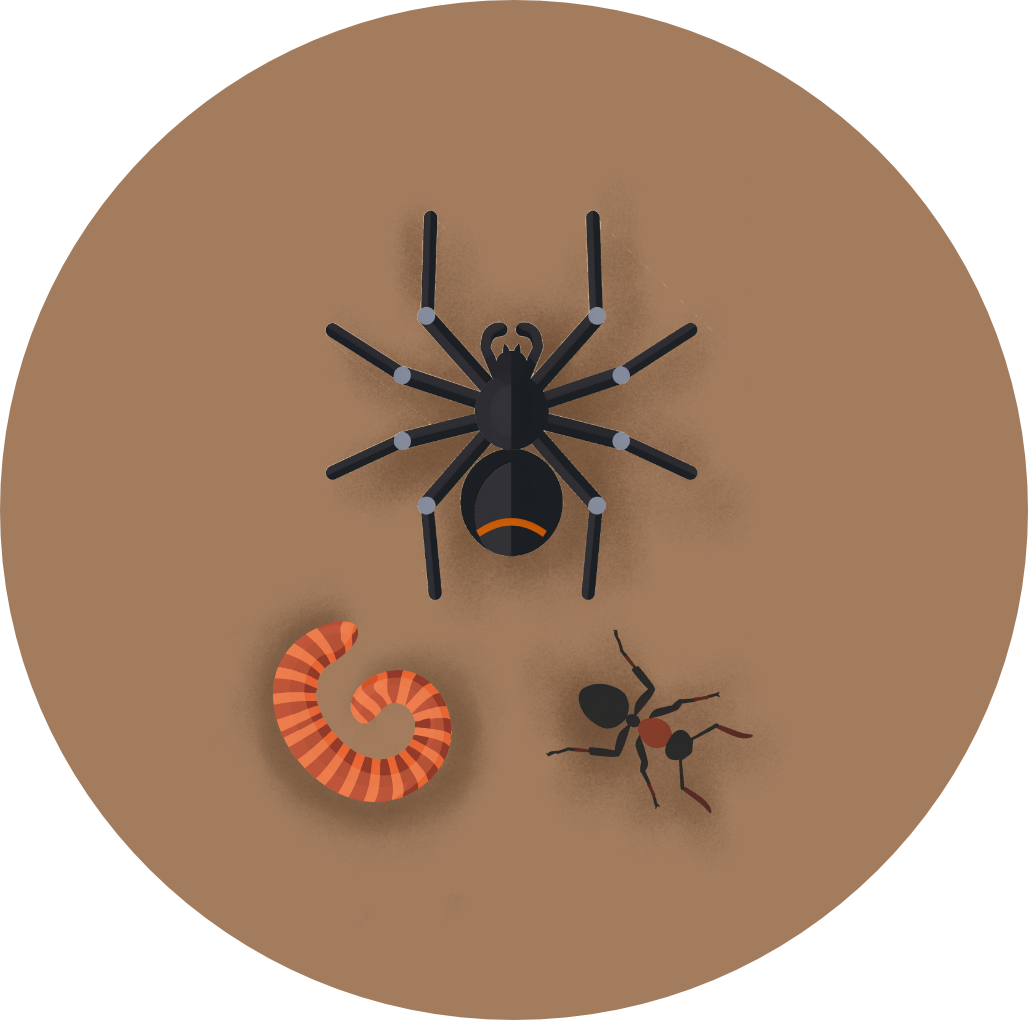
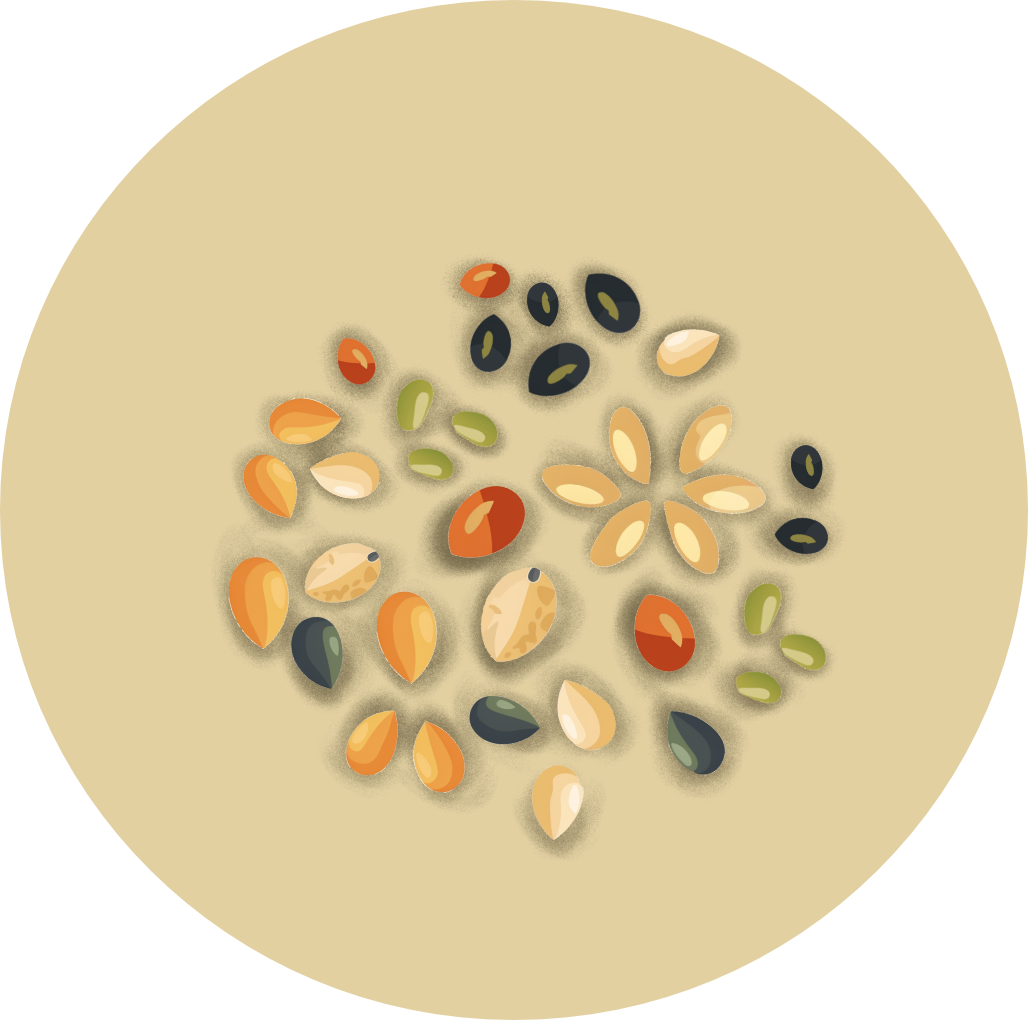
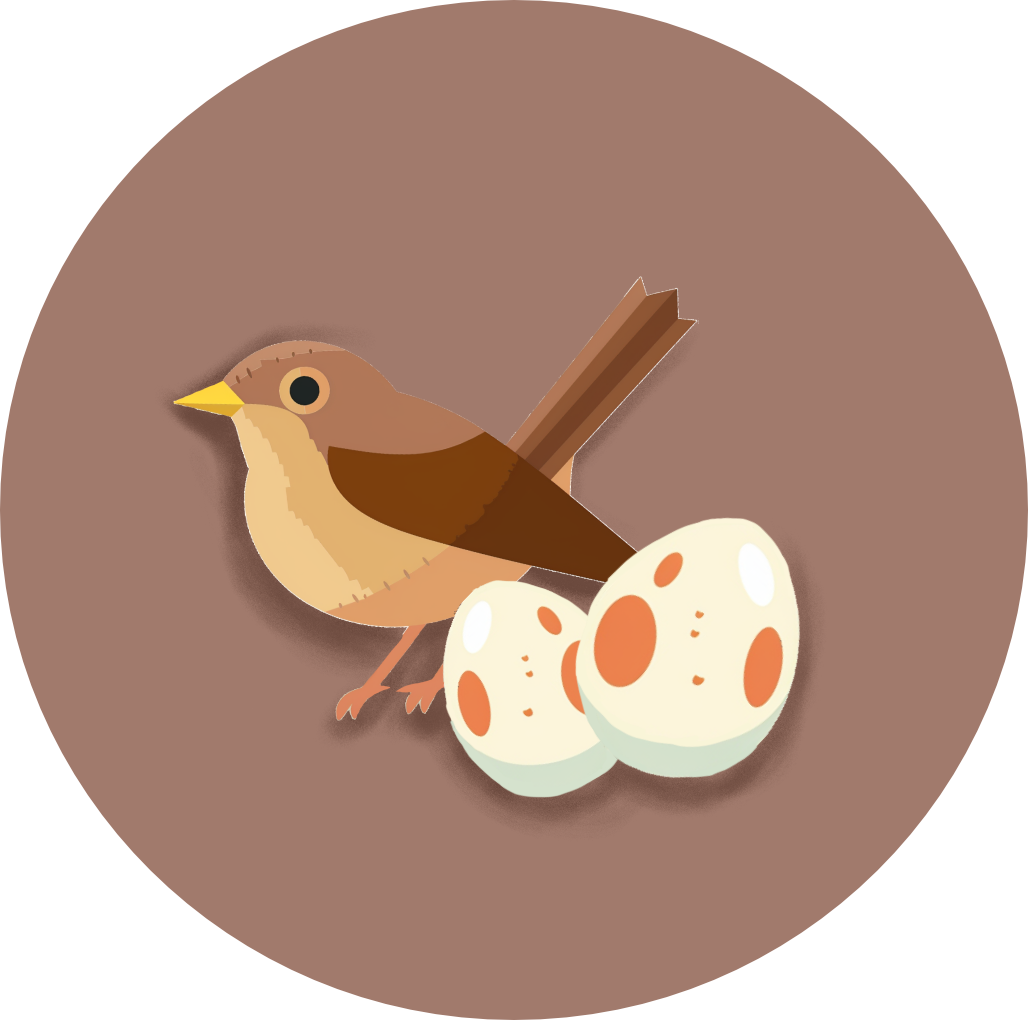

Coming Soon!
Top birding locations will be available in a future update.